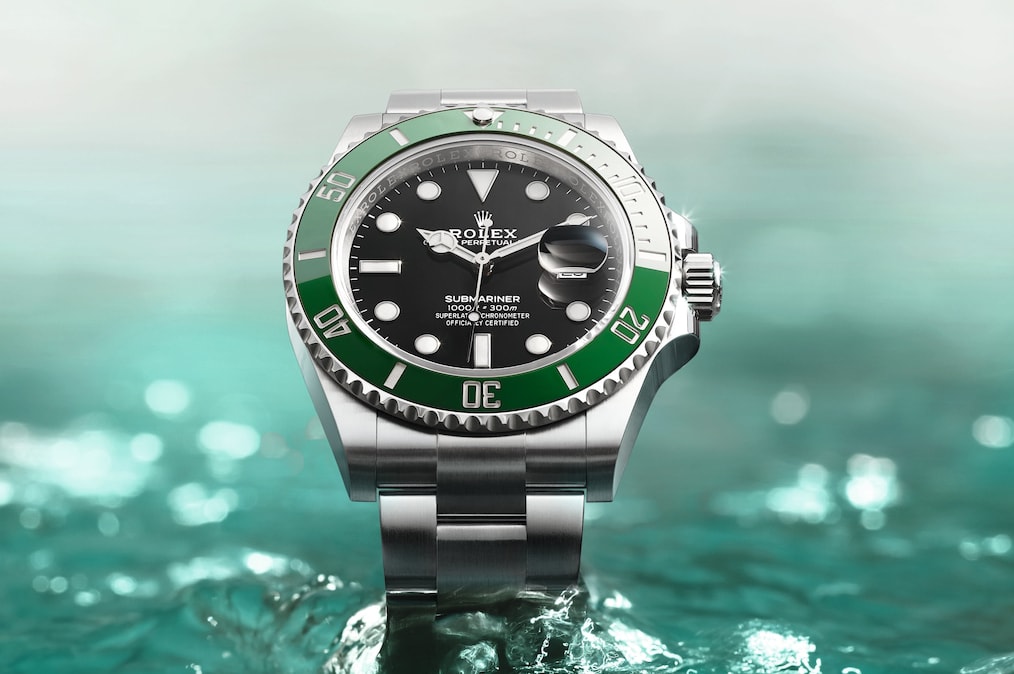To those not firmly entrenched in the world of men’s luxury watches, many must be wondering this after a trip to their local retailer. “Why are the store shelves empty, and who could possibly be buying that many luxury watches during a global pandemic?”
Related: Watch wind-up: The latest news from Zenith, Chopard and Omega
The answer is a near perfect storm of mismatched supply and demand, although its origins began years before the pandemic.
From collectible to asset class
The wealthy have expanded their field of vision at auctions to include the world of watches. Every year they are gaining ground against the more traditional auction art world. Now seen as a very viable asset class in their own right, with claims surfacing that watches are currently outperforming traditional asset classes, including real estate. Prices have continually risen both in rare “grand complication” watches and watches with provenance, to regular (although limited) production models.
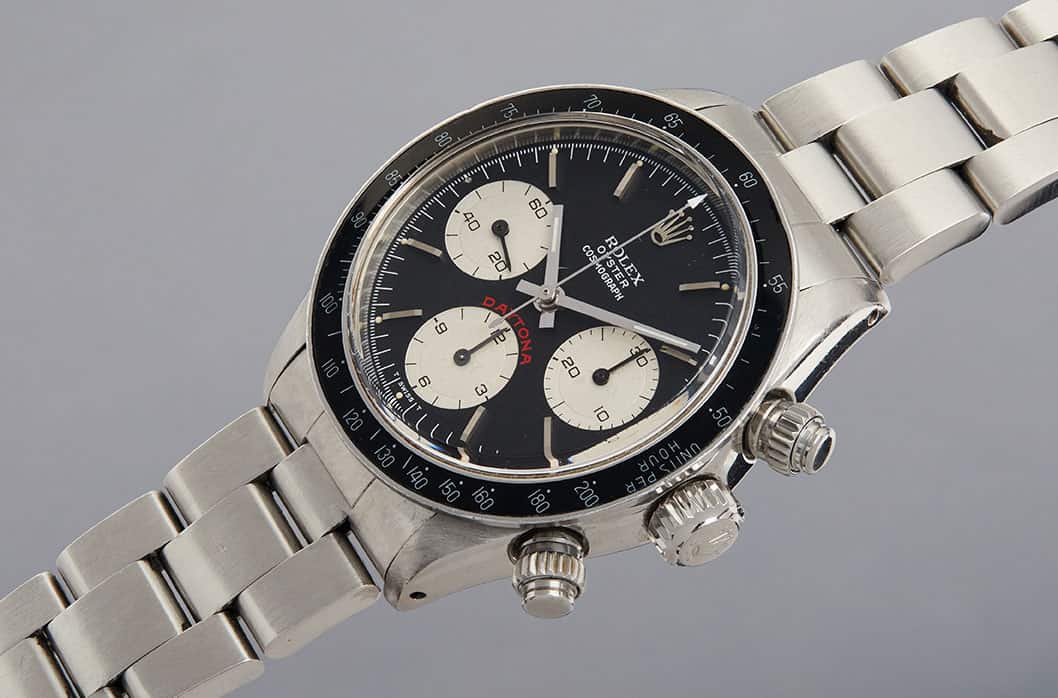
Paul Newman Rolex
2014: Patek Philippe Hanry Graves Super Complication pocket watch with 24 complications sold for $24 million in 2014. For these rare one of a kind watches a new bench mark was set for valuing complications at $1 million dollars each!
2017: Paul Newman’s Rolex Daytona sold in 2017 for $17.8 million. A regular production watch with provenance.
2019: Patek Philippe Grandmaster Chime 6300A-010 sold in 2019 for $31.19 million, with 20 complications and the only one made in steel, instead of precious metal.
2021: Patek Philippe Nautilus in Tiffany Blue sold in 2021 for $6.5 million, a production watch, although a rare variant.
Phillips, Christies, and Sotheby’s auctioned just over half a billion dollars of watches in 2021 combined. Yes, that is the auction world. And of course we talk about the most exceptional cases. But how does this explain the empty cases at the retail level?
Enter Covid
The wealthy in an already hot watch market have not been able to invest in luxury experiences and are now turning to luxury goods instead to fill the gap. These men’s luxury watches are now considered a good investment as well, feeding speculative buyers, straining demand, which perpetuates the cycle.
Pre-pandemic there were already extended waitlists for some watches as this cycle was already in full swing. Tolerance for speculative risk, in my opinion, has only increased with the mainstream acceptance of cryptocurrency and DeFi in general. Mix this increased tolerance with established brands with long histories and a physical object that you can hold in your hand and we now have a consumer good that has transformed into a speculative asset with very strong appeal.
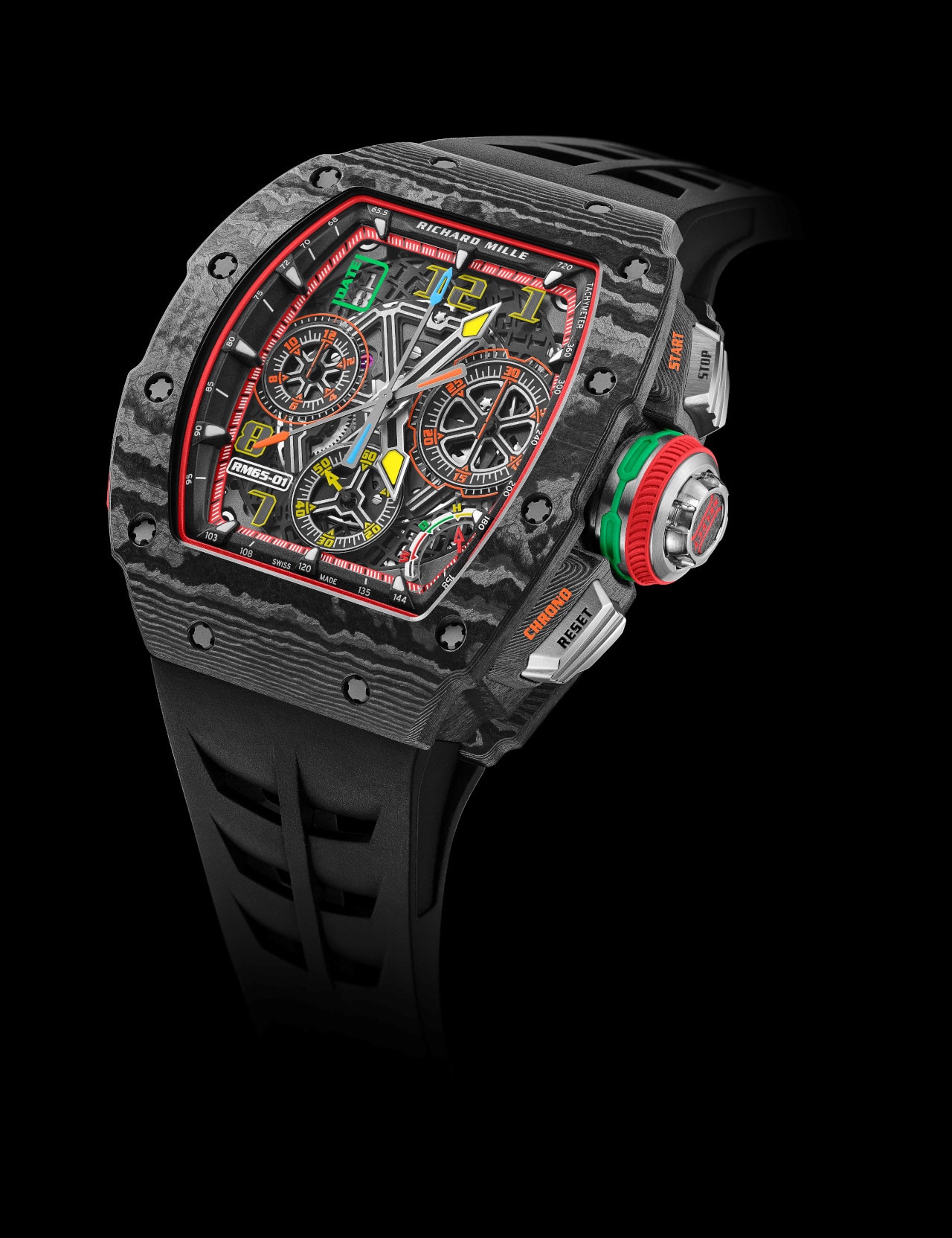
Richard Mille RM65
Traditional brands moved up market
Production has been restricted due to COVID. Inflationary pressure and its subsequent impact on materials, shipping and logistics have seen steady retail pricing increases. That has created customer confidence that their $15k watch they bought this year will be selling for $16.5k next year. This is currently acting as an amplifier to the secondary market.
Success of brands like Richard Mille and Jacob & Co. have also revealed a demand for higher value watches outside of the tradition watch brands. As a result these traditional brands have been slowly moving up market. Rolex in particular with great long-term insight and planning has positioned Tudor as the sport watch entry point. That has replaced where the Submariner, Explorer, and GMT models were at the end of the 1990’s.
A Rolex Submariner with Date, REF 16610 (image above) was $5,560 CDN in the year 2000. In 2020 the modern equivalent Rolex Submariner with Date REF 126610LN is $11,900 CDN. But you can’t buy one at retail. Your only hope is to buy one on the secondary/used market. Average price is $25,000 CDN.
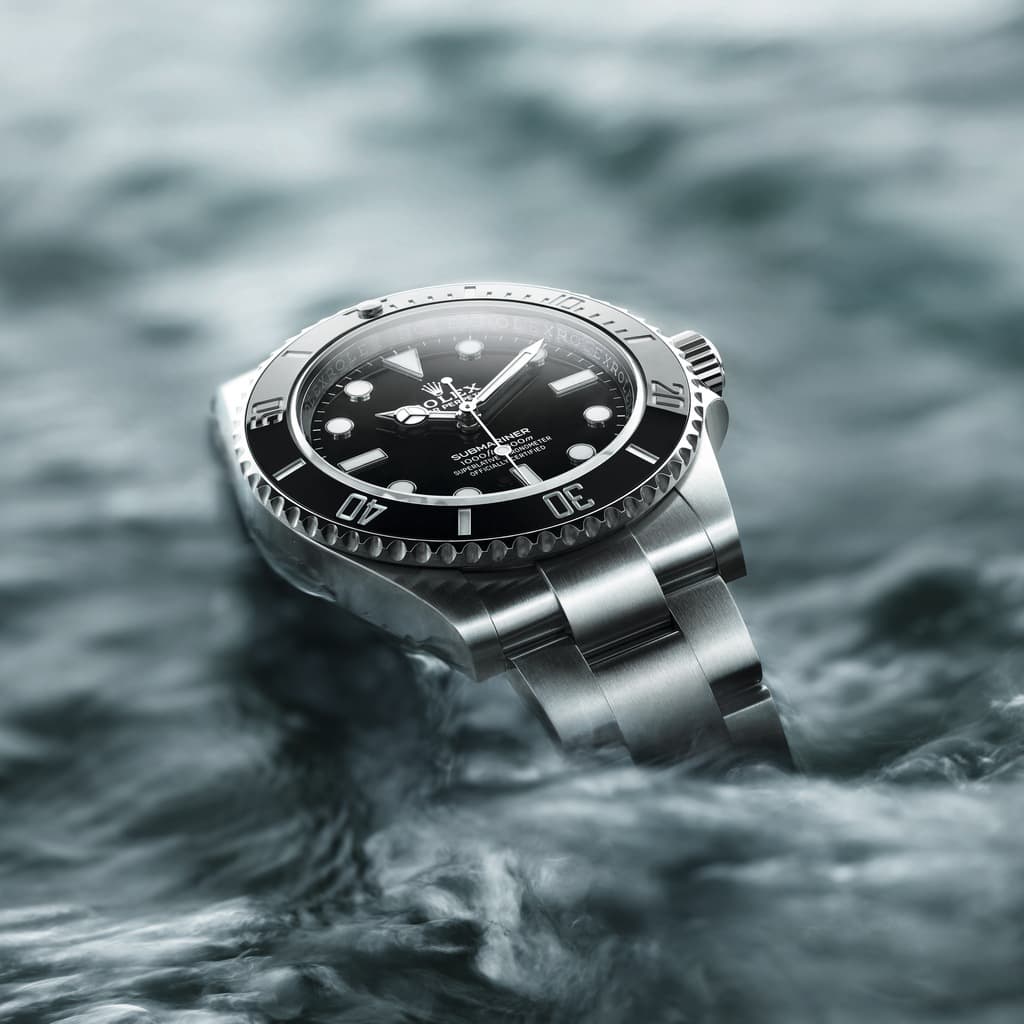
Rolex Oyster Perpetual Submariner
Men’s luxury watches: Demand for steel
A Tudor Black Bay Diver, depending on the model will run you between $5,000 and $6,000 CDN.
Well played Rolex, well played.
Patek Phillipe’s commitment to make steel watches as a fixed proportion of their output despite overwhelming demand for their steel models has helped with evolution of sports watch models now available in precious metals. The Omega Speedmaster is now available in precious metal options. The Rolex Explorer, a quintessential tool watch is now available in two-tone Steel and Gold – something even as near as three or four years ago would have seemed contrary to the spirit of the tool and sports model luxury world.
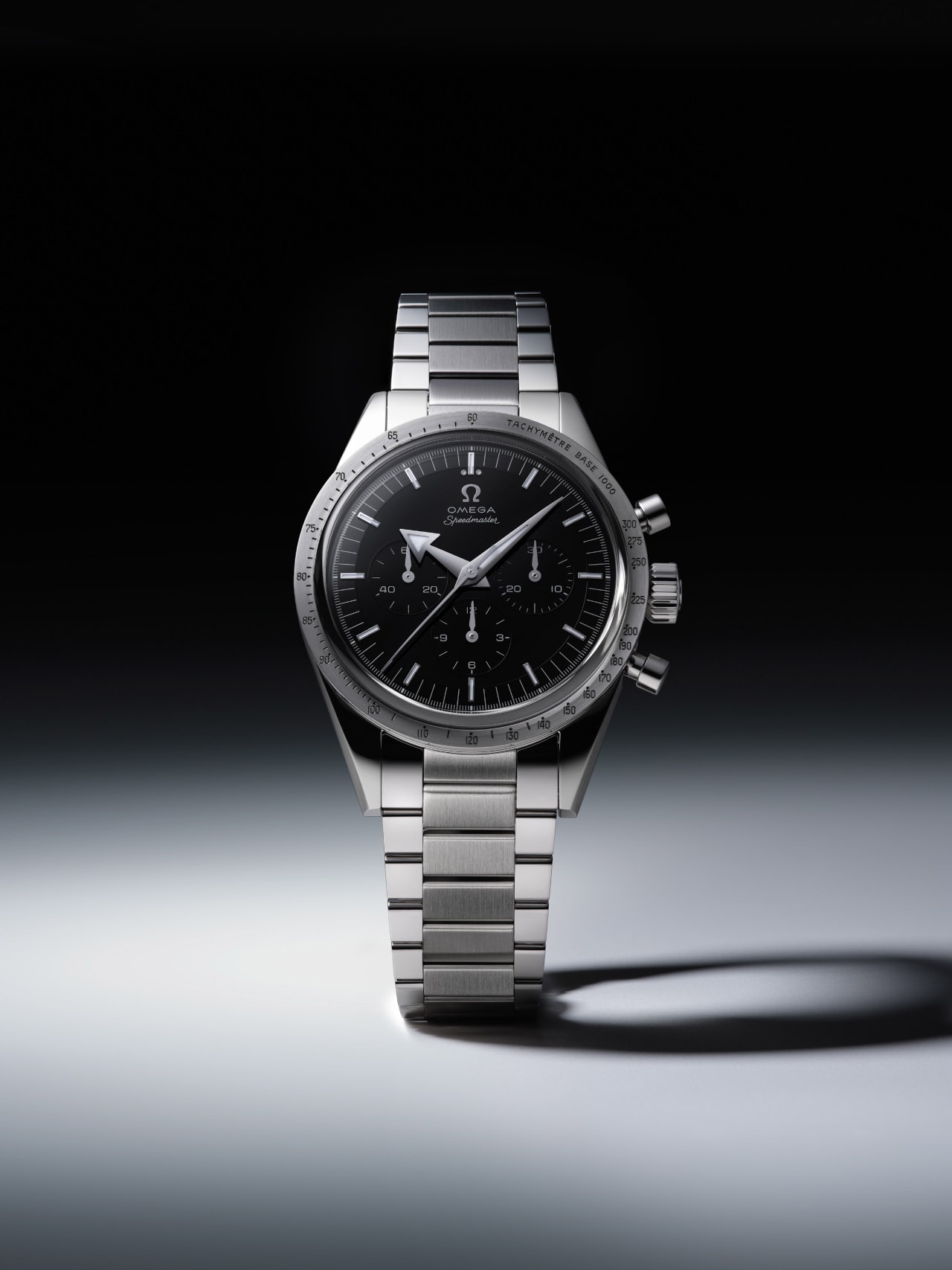
Omega Speedmaster
Nostalgia
The 1970’s quartz crisis saw the introduction of the Patek Phillipe Nautilus and the Audemars Piquet Royal Oak. They have now reached legendary status in the watch world – with this design language creeping into almost every major brands lineup, second only to the dive watch in terms of universal appeal.
This era is 50 years old this decade – so these designs have not only shown longevity in terms of appeal, but also allowing for a new cycle to begin with consumers discovering these designs all over again. It’s like a resurgence of bell bottom jeans, on a long enough cycle they are going to come back at some point!
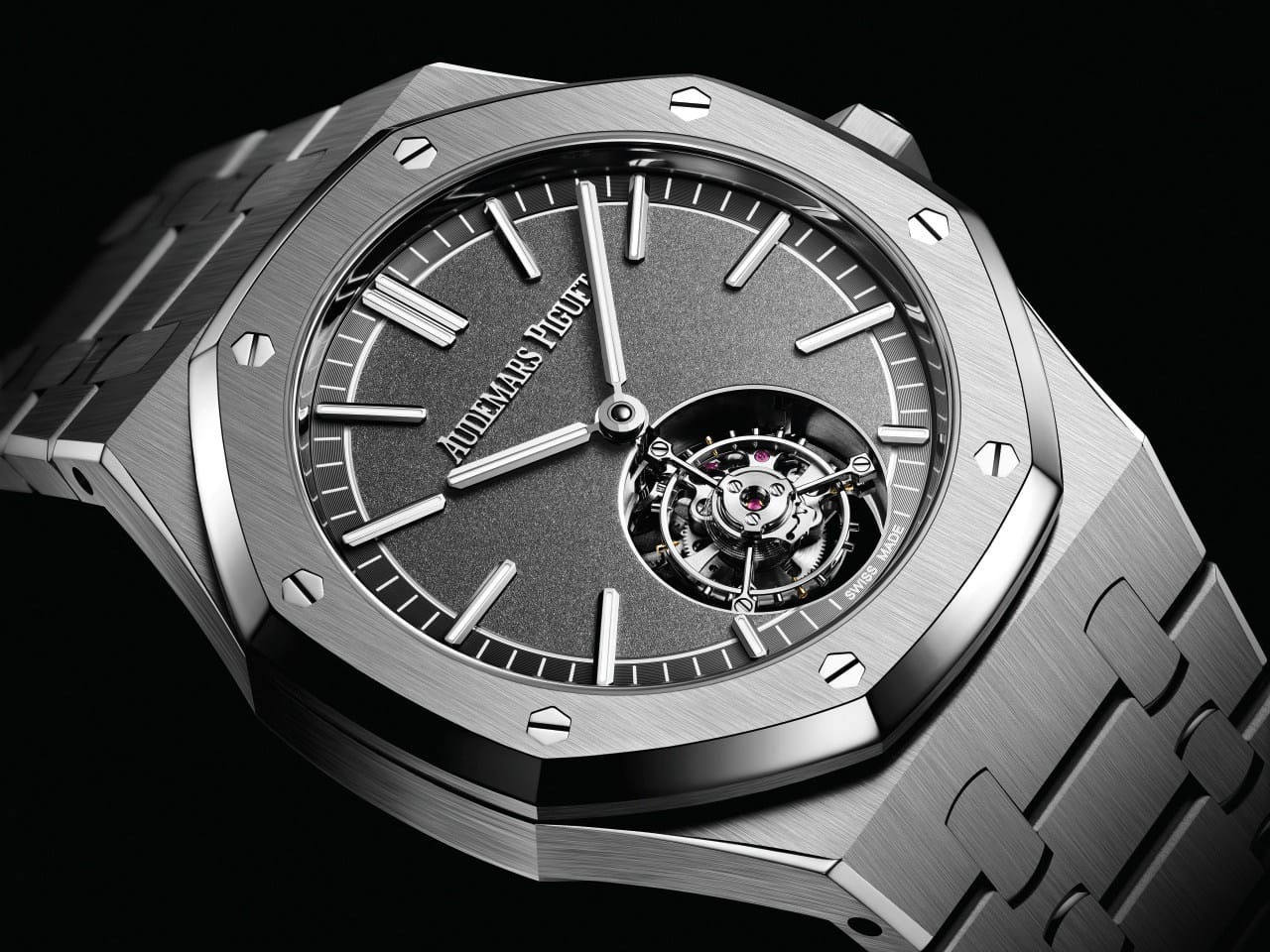
Audemars Piguet Royal Oak
Men’s luxury watches: Stability and profitability
The watch world was still recovering from the 1970’s well into the 1990’s. The survivors, Swiss, Japanese, and others, have had the last 25 years to execute and establish their transformation into the luxury brands of today. I think the current luxury watch market can be seen in a number of ways. On the one hand the idea of luxury and its partner exclusivity is elevating these brands into more desirable luxury positioning.
On the other hand, will they become so inaccessible to the average luxury watch consumer that they will lose all that they have gained in the last five years. I think it is telling that there is now an “average” luxury watch consumer, where most of the watches are unattainable, whether you can afford them or not. While the other luxury watch consumer has “inside” relationships with dealers or significant previous purchase history with a brand, or celebrity, or influence.
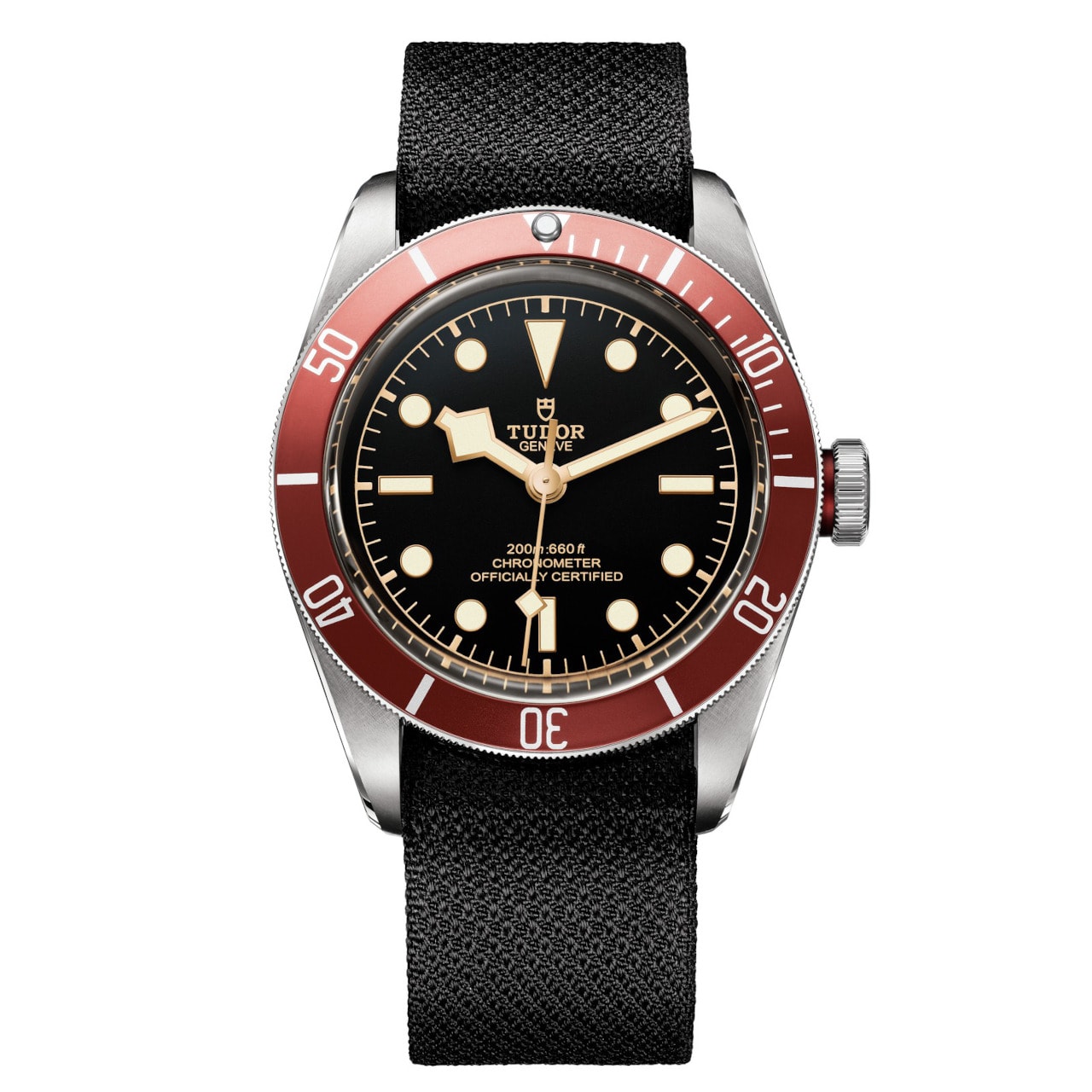
Tudor Black Bay
The question for luxury makers that already have a large share of the market is whether today’s circumstances will be good for them long term or not. Customers may be turned off by a brand that they can’t buy. And with wait-lists stretching out currently for many years, will these loyal customers simply look elsewhere, leaving some of the beloved brands behind to go and buy a product from a brand where they still feel wanted?
In a volatile market we may see previously lesser known brands rise and grow in unexpected ways as a frustrated consumer market decides to look for other options.
Colin Potts is founder of Watch off the Cuff, a watch repair service based in Milton, Ontario, and a member of the Horology Society of New York in support of advancing the art and science of horology

Colin is an avid watch enthusiast, collector and repair technician. He is founder of Watch off the Cuff, a watch repair service based in Milton, Ontario, and a member of the Horology Society of New York in support of advancing the art and science of horology.



